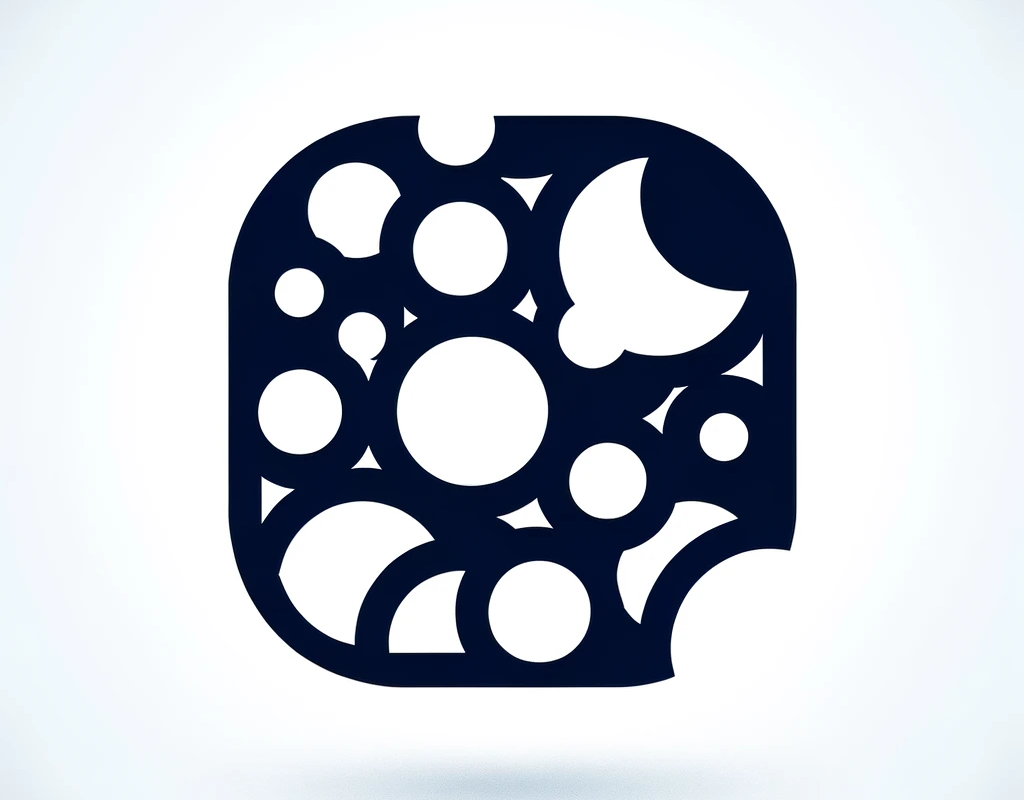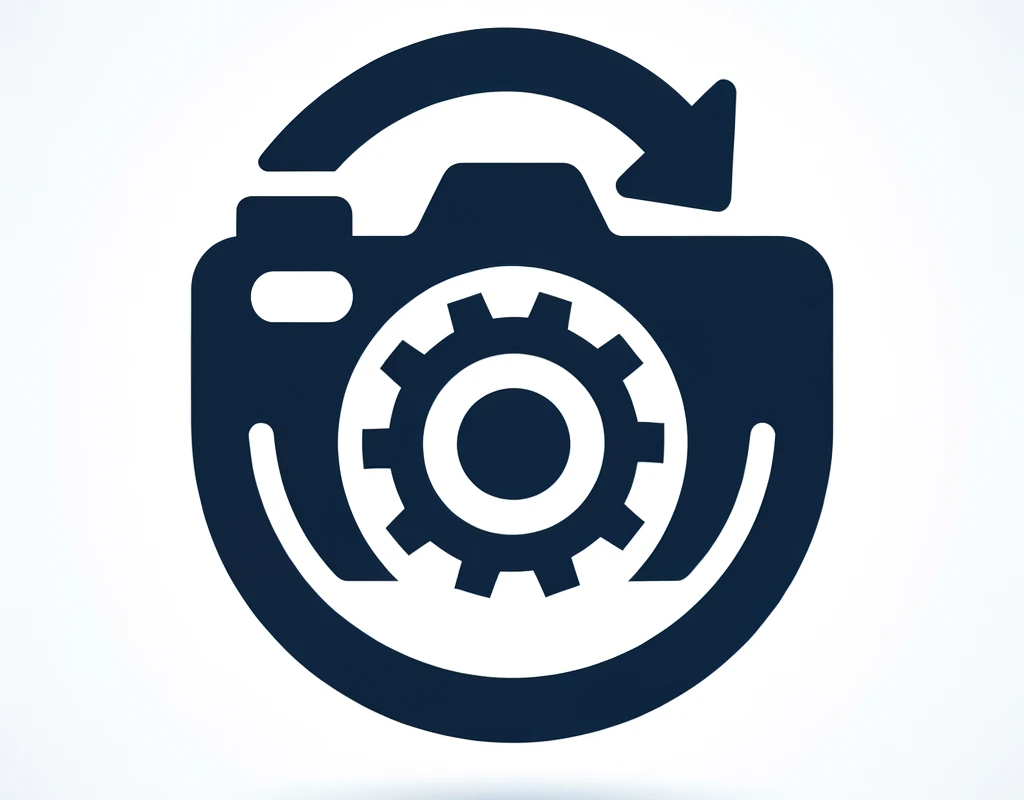Photography is an art that's perpetually evolving, and mastering it is like learning to ride a dragon - thrilling yet challenging! A key aspect of this thrilling journey is understanding the different camera exposure modes. These modes are not just buttons on your camera; they're your secret weapons to capturing stunning photos. Let's dive into the world of exposure modes and discover how they can elevate your photography game!
1. Auto Mode: The Magic Wand
Auto mode is like the Sorting Hat in Harry Potter – it makes decisions for you. In this mode, the camera takes charge of settings like aperture, shutter speed, and ISO, making it perfect for beginners or those times when you need to snap a quick photo. While it's super convenient, remember, relying solely on auto mode is like always using training wheels. It's great to start, but eventually, you'll want to explore further.
2. Aperture Priority: The Artist's Brush
Aperture priority mode is where creativity starts to bloom. In this mode, you choose the aperture (the size of the lens opening), and the camera selects the shutter speed. This control is crucial when depth of field is your main concern – like blurring the background to make your subject stand out. It's the go-to mode for portraits or any scene where your subject needs to be the star of the show.
3. Shutter Priority: Capturing Time
Shutter priority mode is like having a time machine in your hands. Here, you pick the shutter speed, and the camera decides the aperture. This mode is fantastic for controlling motion - a fast shutter speed freezes action (think of a hummingbird in mid-flight), while a slower speed creates motion blur (like those silky-smooth waterfalls). It's ideal for sports photography or any situation where movement is key.
4. Manual Mode: The Conductor’s Baton
Manual mode is the holy grail for photographers who want complete control. It's like being a conductor of an orchestra - every element (aperture, shutter speed, and ISO) is under your command. This mode requires understanding and balancing all settings, but the creative freedom and precision it offers are unparalleled. It's perfect for challenging lighting conditions or when you want to experiment and push your boundaries.
5. Program Mode: The Flexible Friend
Program mode is often overlooked, but it's like a Swiss Army knife – versatile and handy. The camera sets both aperture and shutter speed, but unlike auto mode, you can shift these settings if needed. It's a great stepping stone between auto and manual modes, offering a balance of control and convenience.
In Conclusion: Your Camera, Your Story
Mastering these exposure modes is like learning different spells – each has its unique power and application. Start experimenting with different modes and see how they affect your photos. Remember, the best camera setting is the one that helps you tell your story, your way. Happy shooting!











